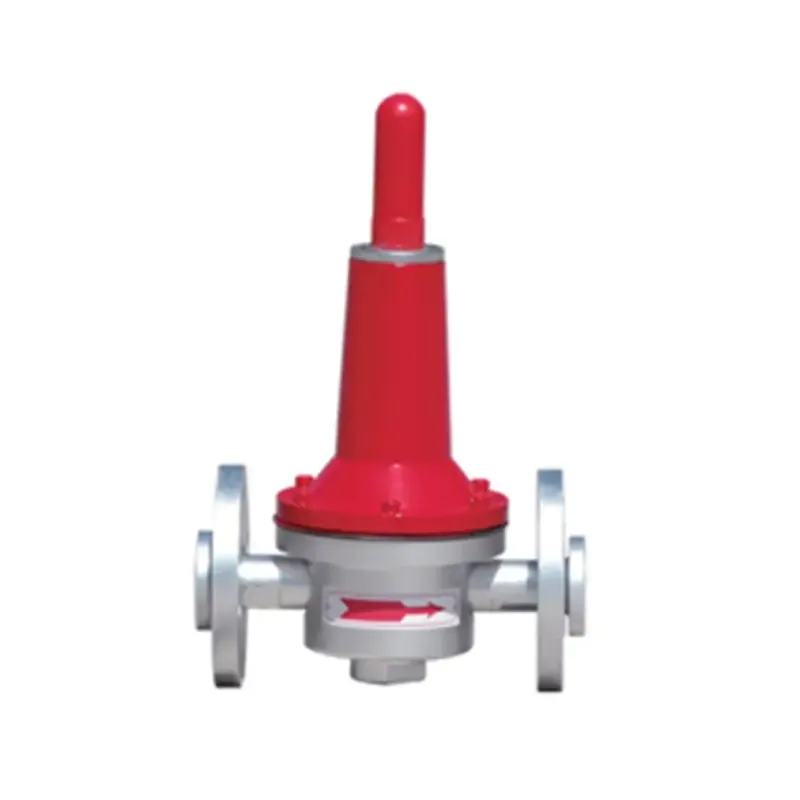
Dec . 14, 2024 05:23
Back to list
Pressure Regulation Skid Solutions for Efficient System Control and Management
Pressure Regulating Skid An Overview
In various industrial applications, maintaining the correct pressure of gases and liquids is crucial for operational efficiency and safety. A pressure regulating skid is an engineered system designed to control and regulate pressure levels in different processes, providing a reliable solution in industries such as oil and gas, chemical processing, and water treatment.
Understanding the Basics of Pressure Regulating Skids
A pressure regulating skid typically consists of various components, including pressure regulators, valves, sensors, and control systems, all mounted on a framework or skid. This modular design enables easy transportation, installation, and integration into existing systems. The skids are designed to handle different pressure ranges and can be customized to meet specific operational requirements.
The primary function of a pressure regulating skid is to ensure that the pressure of the fluid being processed remains within a designated range. Too much pressure can lead to equipment failures, leaks, or hazardous situations, while too little pressure can hinder operational efficiency. By effectively managing pressure, the skid contributes to the overall safety and productivity of industrial operations.
Components of a Pressure Regulating Skid
1. Pressure Regulators These devices automatically adjust the pressure of the incoming fluid, ensuring it meets the desired output conditions. Regulators can vary in design, such as spring-loaded or diaphragm-based systems, depending on the application.
2. Control Valves These are crucial for modulating flow and pressure within the skid. They adjust the flow path, allowing for precise control of the process conditions.
3. Pressure Sensors and Transmitters To maintain optimal pressure levels, real-time monitoring is essential. Sensors provide feedback on the current pressure, allowing control systems to make necessary adjustments.
4. Piping and Fittings The skid incorporates various piping materials to connect the components securely. These must be compatible with the fluids handled to avoid corrosion or other chemical reactions.
5. Control Panel The skid usually includes a control panel equipped with digital displays and controls that allow operators to monitor and adjust settings as needed. Advanced skids may integrate automated controls for enhanced operational efficiency.
pressure regulating skid

Applications of Pressure Regulating Skids
Pressure regulating skids are employed in numerous sectors. In the oil and gas industry, they are integral in controlling the pressure of natural gas and crude oil during extraction and transportation. In chemical processing, these skids help maintain optimal conditions for reactions, ensuring product quality and safety. Water treatment facilities utilize pressure regulating skids to manage the pressure in filtration and distribution systems, crucial for providing clean and safe drinking water.
Advantages of Using Pressure Regulating Skids
1. Modularity The skid-mounted design allows for easy installation and relocation, facilitating adjustments to process requirements as needed.
2. Safety By maintaining pressure within safe limits, these skids play a critical role in preventing accidents and protecting equipment.
3. Efficiency Regulating pressure helps optimize performance, reducing energy consumption and minimizing waste.
4. Customizability Skids can be tailored to specific application needs, ensuring that industries can rely on them for diverse operational demands.
5. Reduced Downtime With built-in monitoring and control systems, any deviations in pressure can be detected and resolved quickly, minimizing disruptions.
Conclusion
In an era where efficiency, safety, and environmental responsibility are paramount, pressure regulating skids represent a vital advancement in industrial processing technologies. Their ability to maintain optimal pressure conditions not only enhances operational integrity but also supports sustainable practices across various sectors. As industries evolve and face new challenges, the role of pressure regulating skids will undoubtedly become even more significant, paving the way for smarter, safer industrial operations. By investing in these systems, companies can ensure that they remain competitive and compliant in an ever-changing market landscape.
Next:
Latest news
-
Safety Valve Spring-Loaded Design Overpressure ProtectionNewsJul.25,2025
-
Precision Voltage Regulator AC5 Accuracy Grade PerformanceNewsJul.25,2025
-
Natural Gas Pressure Regulating Skid Industrial Pipeline ApplicationsNewsJul.25,2025
-
Natural Gas Filter Stainless Steel Mesh Element DesignNewsJul.25,2025
-
Gas Pressure Regulator Valve Direct-Acting Spring-Loaded DesignNewsJul.25,2025
-
Decompression Equipment Multi-Stage Heat Exchange System DesignNewsJul.25,2025

